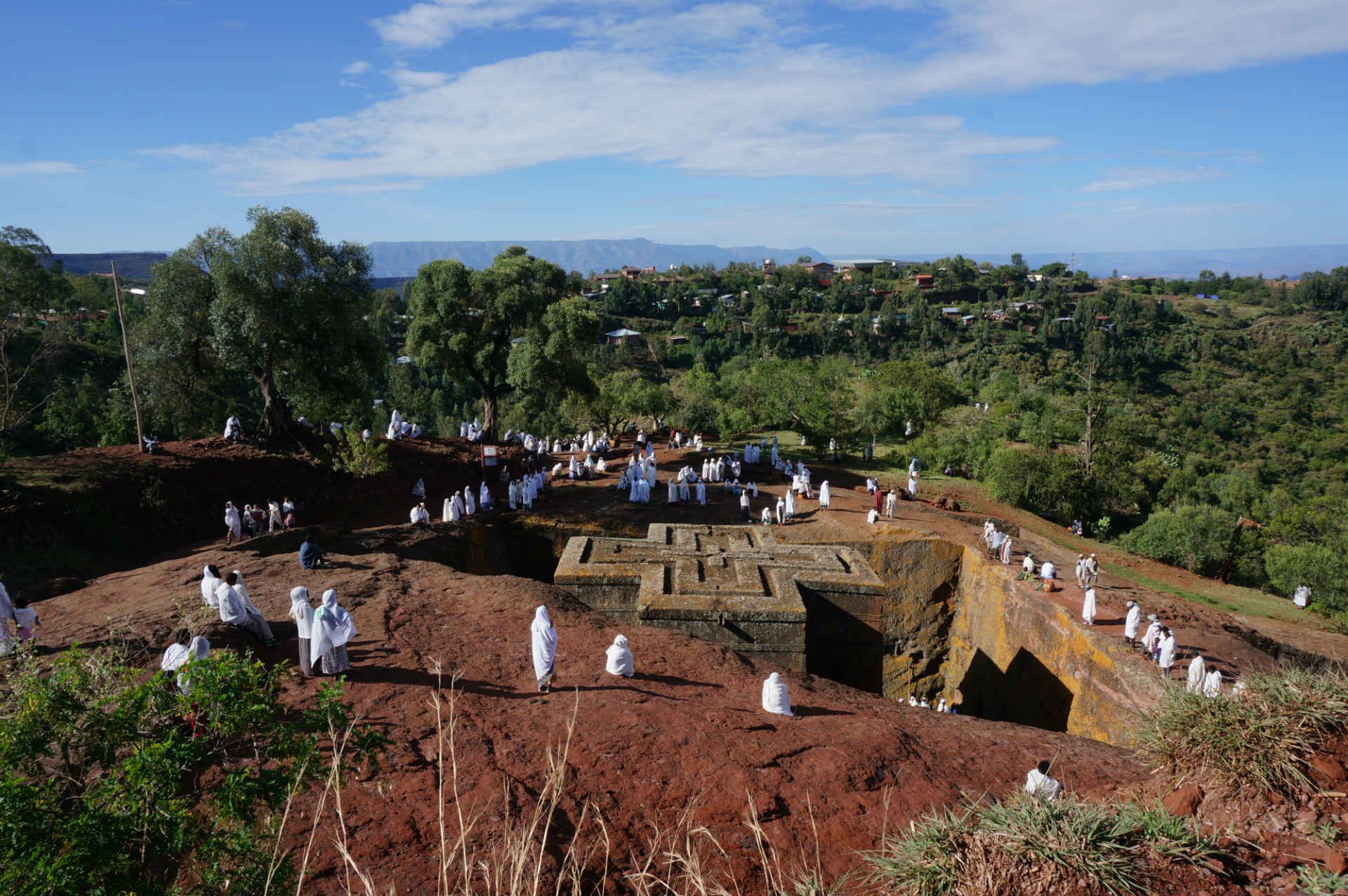10. Lake Tana — Ethiopia's largest body of water
Situated in the heart of the historic Amhara Region, Lake Tana is Ethiopia’s largest body of water, and the principal source of the Blue Nile. It's azure waters are fringed by lush tropical vegetation.
Serviced by the attractive lakeshore port of Bahir Dar, which also doubles as the regional capital, the lake is also an important tourist hub. A visit here is one of the best things to do in Ethiopia. Discover here rich birdlife, a wealth of historic island monasteries and the Blue Nile Falls.
11. A trip to Bale Mountains — one of the best things to do in Ethiopia for hikers
Extending across 2200 square kilometres of dramatic highlands, Bale Mountains National Park is one of the country’s most alluring destinations for hikers, wildlife enthusiasts and birdwatchers. It protects a variety of niche habitats. This includes afro-alpine moorland, afro-montane forest, and grassy highland meadows that explode into floral colour during the rainy season.
The park is an important watershed, and its upper slopes supported glacial activity until two thousand years ago and still receive the occasional snowfall. It’s also home to a remarkable 82 mammal species and the main stronghold of several endemics. This includes the Ethiopian wolf, mountain nyala and (rare) Bale monkey. Some 280 species of birds have been recorded here, including sixteen endemic to Ethiopia and Eritrea.
















